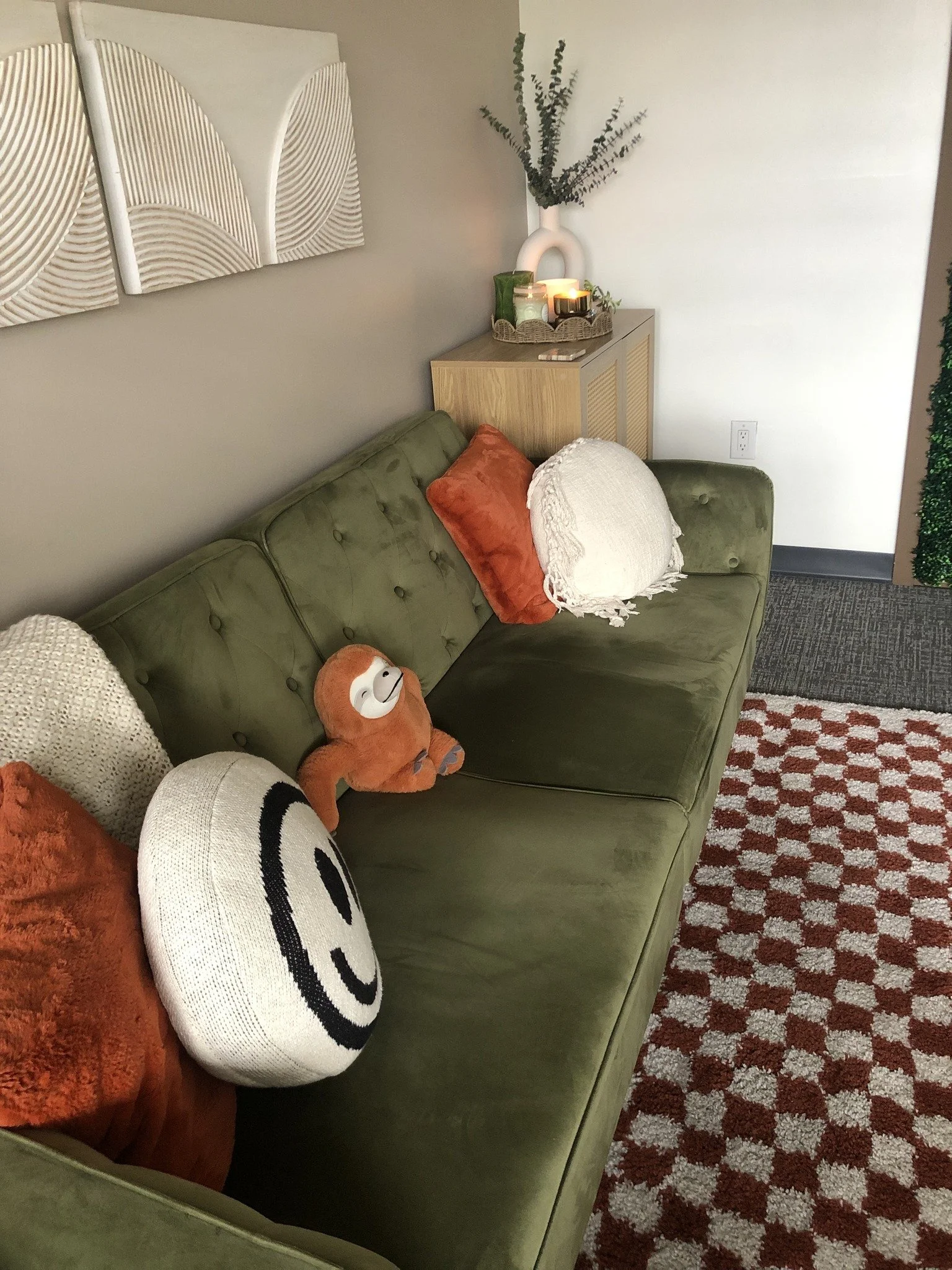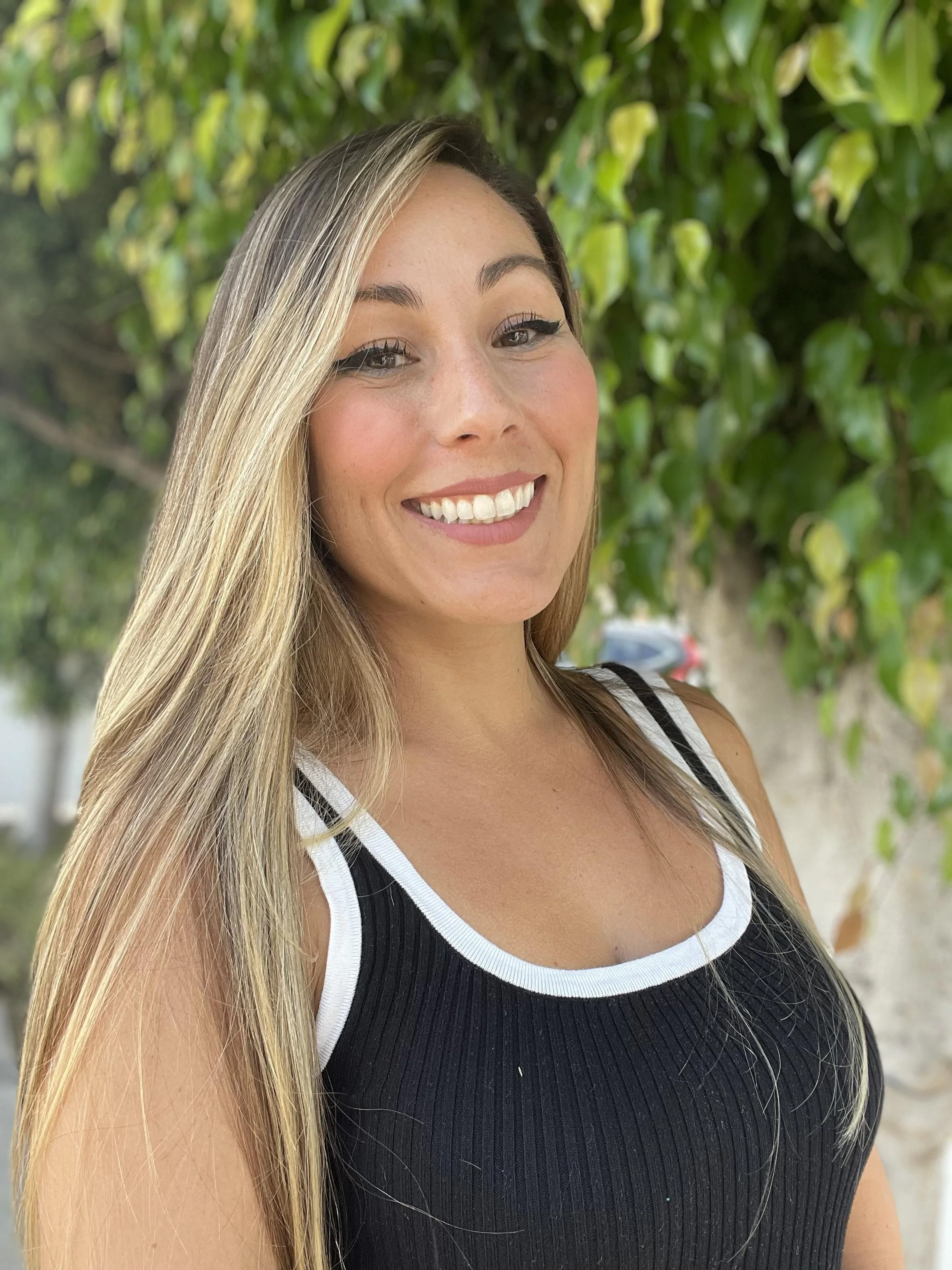What to Expect in Your First Therapy Appointment with Me
Starting therapy can feel exciting, hopeful, and maybe even a little nerve-wracking. You might wonder what to expect in your first appointment or if you’ll have to share more than you’re ready for. I want you to know that your first session with me is about creating a safe, supportive space where you can start to feel comfortable. Nothing is rushed, and you are always in control of what you choose to share.
Here’s a look at what typically happens in our first session together:
1. Going Over the Basics
We’ll begin with informed consent, practice policies, and emergency information. This ensures you understand how therapy works, what your rights are, and how to reach me in case of urgent needs. Think of this as laying the foundation so that you feel safe, informed, and taken care of.
2. A Quick Snapshot of Symptoms
Next, I’ll ask you to complete two short questionnaires: the PHQ-9 (for mood) and the GAD-7 (for anxiety). These are simple tools that give me a clearer picture of your symptoms and how they may be affecting your daily life.
3. Getting to Know You
From there, we’ll go over the history form you filled out before our session. This helps me understand:
What brought you to therapy right now
How long this has been going on and any background that feels important
Key details about your current life that may relate to what you’re going through
Please know: you do not have to share everything at once. Therapy is a process, and you’re never pressured to talk about something before you feel ready.
4. What I’m Paying Attention To
As an EMDR and attachment-focused therapist in Long Beach, I’m also noticing certain things during our conversation that may become important in our work together. For example, I pay attention to how you talk about relationships, how you experience emotions in your body, and the ways you might protect yourself when things feel overwhelming. This helps me start to identify patterns or areas where EMDR or attachment therapy could support you in healing and creating lasting change.
5. Exploring Your Hopes for Therapy
We’ll end by talking about your goals—what you’d like to get out of therapy, areas you want to focus on, and the kind of support you’re looking for. This helps us begin building a roadmap together, while also leaving room for flexibility as your needs evolve.
A Gentle Reminder
The first session isn’t about “fixing everything.” It’s about getting to know each other, making sure you feel comfortable, and starting to create a plan that feels right for you.
If you’re thinking about starting EMDR therapy, attachment therapy, or trauma therapy in Long Beach, I want you to know that you don’t have to come in with the “perfect words” or the “right story.” Just come as you are—I’ll meet you there.
💙 Ready to Begin?
If you’re considering therapy, I’d love to support you. Whether you’re interested in EMDR therapy, healing from trauma, or navigating heartbreak, I offer a warm, supportive space to help you move forward. You can learn more about my approach or schedule a consultation through my website.


